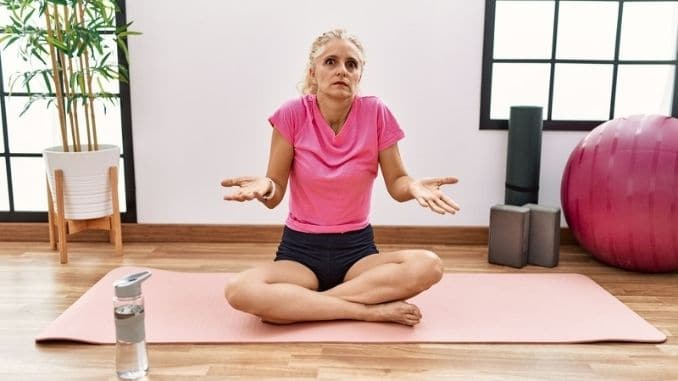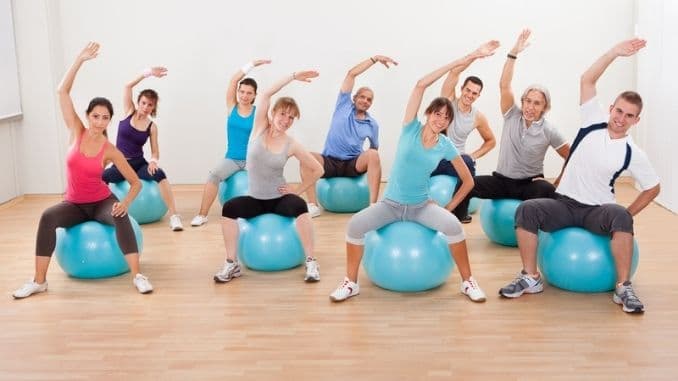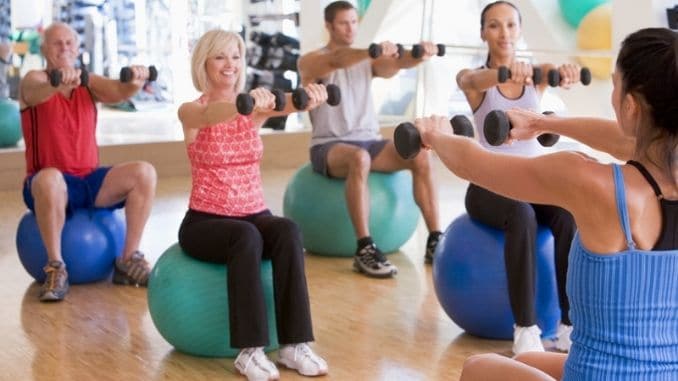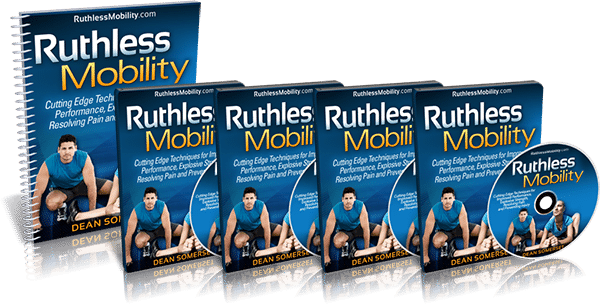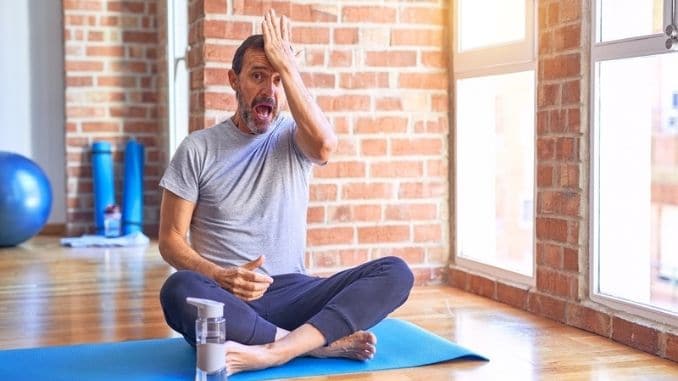
Mobility is often confused with flexibility, but they are two separate concepts. Mobility is the ability to move freely and easily while still controlling your joints through their full range of motion. When putting together a workout routine, we often avoid mobility exercise mistakes that can lead to injury.
Good mobility means controlling your muscles so you can perform a wide range of movement patterns with no restrictions. On the other hand, flexibility is the ability for your muscles and connective tissues to be lengthened and pliable but does not include controlling the muscles. In saying this, having flexibility is important for mobility because having a length in the muscles will allow for a wider range of motion and mobility in the joints.
Mobility is essential because it prepares your body for the stress of training. When we do not have good mobility in certain areas, our body compensates, leading to muscle imbalances. Over time this will lead to performance issues as well as potential injuries. Fortunately, a wide range of exercises is designed to increase your range of motion and promote better control over the muscles surrounding your joints.
It is important to note that neither strength nor flexibility alone is enough to have good mobility. You might be putting in the effort but not seeing results because you’re making common mistakes that can do more harm than good. This post will share some of the most common mobility exercise mistakes and how to avoid them.
Skipping Post-Workout Stretching
Most experts will agree that you could be doing your body more harm than good by not including stretching in your workout routine. The same theory goes for stretching without strengthening. Both are equally important when it comes to maintaining optimal mobility. You can promote injury, muscle soreness, and joint issues by skipping one or the other.
Effect of Regular Stretching
Many believe a good workout is enough to keep your body strong and healthy. However, without regular stretching, your muscles tighten up and eventually pull on your joints, affecting how your body moves and leading to pain and discomfort. This can also significantly increase the risk of unnecessary joint wear and tear.
Think of your muscles like elastic bands. They need to be strong and flexible to avoid breaking or tearing while performing a wide range of activities. In saying this, having extra tightness anywhere in the body can cause a ripple effect. Think of when you pull one string of a spider web. You see the whole web move. If you relate this theory to the body, a runner, cyclist, or someone who sits for work all day may have tight hip flexors but can experience knee injuries.
Planning Enough Time
Planning enough time for a proper cool-down and stretch after each workout will effectively allow your heart rate and temperature to normalize gradually, putting less strain on the body. Stretching all the major muscle groups will help keep lactic acid from storing and reduce muscle pain. Still, most importantly, it helps maintain flexibility in your muscles and promotes a good range of motion in your joints.
Stretching Without Strengthening
Having good flexibility has become increasingly popular in recent years. Many people believe this type of exercise benefits everyone, regardless of age or fitness level. However, research has shown that flexibility exercises alone are inappropriate for everyone. They can even be dangerous for some people.
Suppose you are middle-aged or older and do not have a regular fitness or strengthening routine. In that case, it is important to consult your doctor or physical therapist before starting a flexibility program. It is especially important if you have any preexisting medical conditions that affect connective tissue, muscle atrophy, or your joints. This is the premise that doing one can be harmful without the other. Flexibility training exercises can help improve flexibility and range of motion. Still, without the strength to control a full range of motion, you could be putting yourself at risk of injury when you make mobility exercise mistakes.
Do your research when looking into programs such as yoga or Pilates to support both aspects of flexibility and strength. There are many different styles and many different teachers. Finding the right teacher and the right type of practice to support your needs may take some time.
Forgetting to Breathe
It’s funny how we take breathing for granted. Most of the time, it’s just a subconscious thing we do without thinking about it. But when you’re doing something physical and your heart rate increases, you may find yourself forgetting to breathe at all, or you are taking quick breaths between movements. The same goes for when you feel overwhelmed and stressed or have a respiratory condition. It may go unnoticed, especially if chronically stressed that your breathing has become habitually fast and shallow. Over time, a couple of things happen; your diaphragm becomes weak, and you may experience declined rib mobility, leading to decreased lung function.
More than half of those over the age of 50 forget to breathe while they are exercising. What’s even more concerning is that many may not even realize it. To avoid this, you must be more aware of your breath and focus on breathing deeply and steadily. If you have become stressed or overwhelmed, you can try many breathing techniques to promote relaxation and increase awareness of your diaphragm and rib cage mobility. While you exercise, breath awareness will help keep your oxygen levels up and prevent any dizziness or fainting spells. This will also keep your diaphragm strong and allow for good rib expansion. By learning how to control your breath, you can create and maintain strength and mobility to support respiratory function and benefit from stress control.
Focusing on Only 1 Type of Training
People, for the most part, tend to only focus on exercise they enjoy. However, for the exercise you are doing to be effective and provide everything your body needs to stay healthy, mobile, and strong, you may need to branch out and explore other methods of getting fit.
Research from Harvard University notes that the best four exercises to do regularly include strengthening, working on balance, stretching, and some aerobic fitness. Blending all 4 of these disciplines helps ensure cardiovascular health and a strong, balanced, and mobile musculoskeletal system. The trick is discovering what works best for your body and any limitations you may have.
We all know that exercise is good for our health and well-being, but with so many options, it cannot be easy to figure out what type of exercise is best for us. Creating balance in your exercise routine will inspire change, shake things up a bit, and make you more body aware. If you’re making one of these mistakes, it’s not too late to make positive changes. Mobility exercises can improve your body’s range of motion, allow you to move easily, and avoid mobility exercise mistakes.
It is important for everyone, not just athletes, to take injury prevention seriously. The more you stay active and balanced, the better your health will be.

